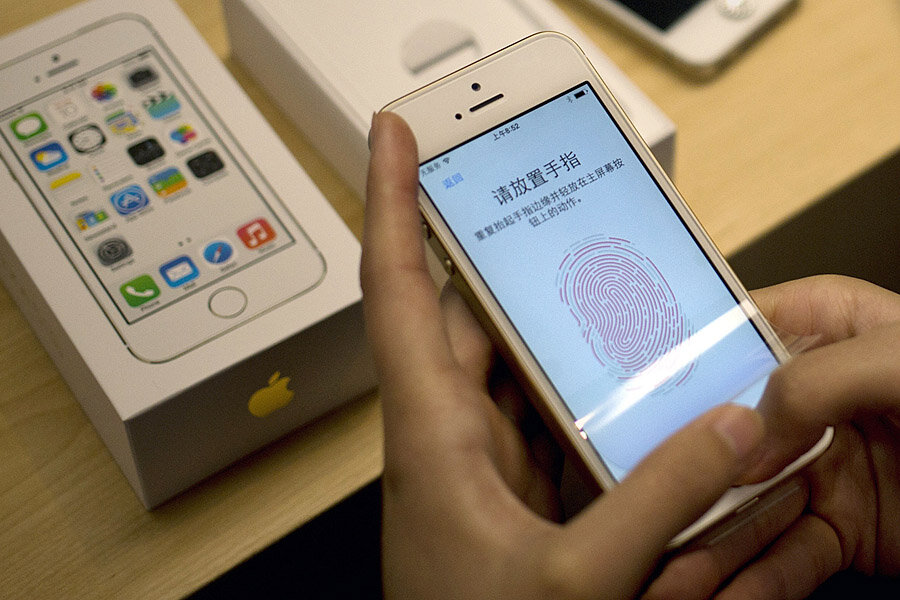Can 'kill switch' laws stop the rise in phone theft?
Loading...
Starting next year, California will require new smart phones to come with a “kill switch.” If a phone is lost or stolen, the owner may use this feature to lock down the device from afar, rendering it useless to a thief.
Legislators hope this digital countermeasure will reduce the number of phone thefts, which nearly doubled from 2012 to 2013.
One in every 3 robberies includes a mobile device, according to the Federal Communications Commission. In Oakland, Calif., it’s as high as 3 in every 4, said state Sen. Mark Leno, who introduced the California kill-switch bill.
“Our efforts will effectively wipe out the incentive to steal smart phones and curb this crime of convenience, which is fueling street crime and violence within our communities,” said Mr. Leno in a statement.
Since Apple instituted a kill-switch feature last September, iPhone thefts dropped by 38 percent in San Francisco, according to a June law enforcement report that examined theft rates in several cities. Meanwhile, robberies of Samsung devices – which had not yet included this feature – increased by 12 percent.
Google and Microsoft have now agreed to add the countermeasure in the next version of Android and Windows Phone. With Apple’s iOS, these three operating systems represent 97 percent of all smart phones sold in the United States.
Apple’s kill switch comes in two pieces: Find My iPhone, a free application for phones and tablets, and iCloud.com, a website that lets you check your Apple devices from any computer. Together, they let you deal with a missing device in three ways. You can track the phone’s location, perhaps revealing that you left it at a restaurant or friend’s house. If you can’t retrieve the phone quickly, Find My iPhone lets you activate the kill switch, disabling the device until someone enters the correct password. Or, if the device holds sensitive information, such as business secrets, you can tell the phone to delete all of its data.







